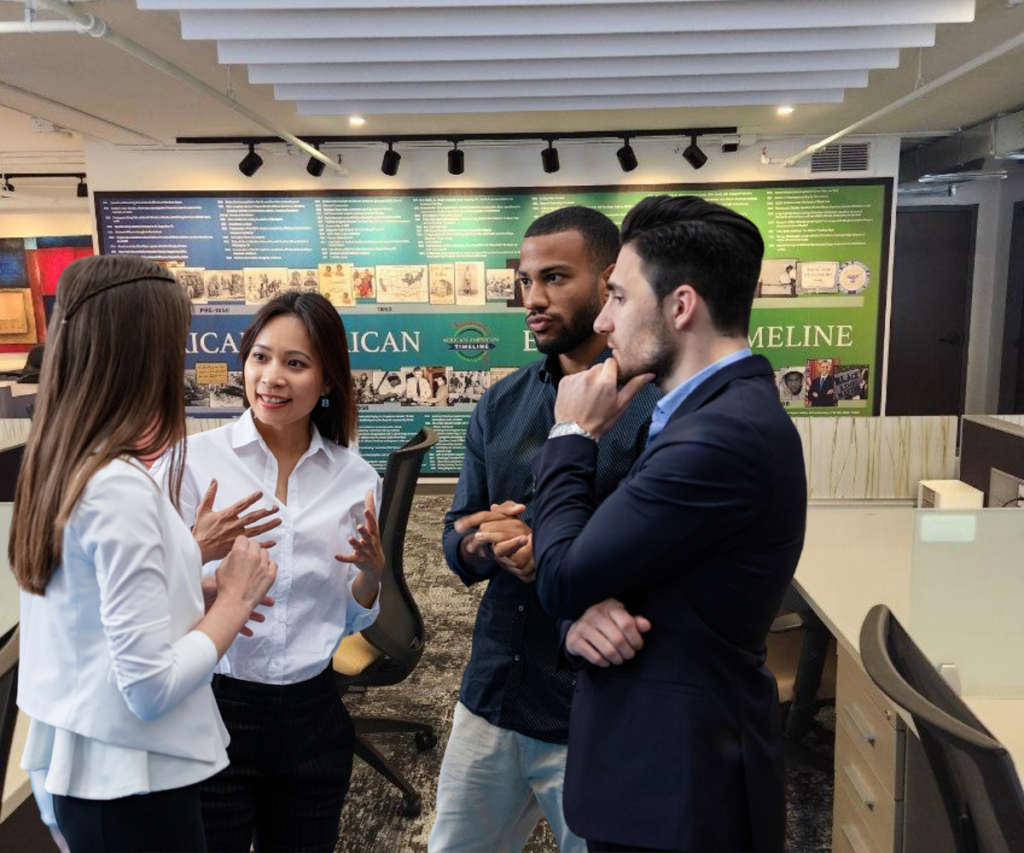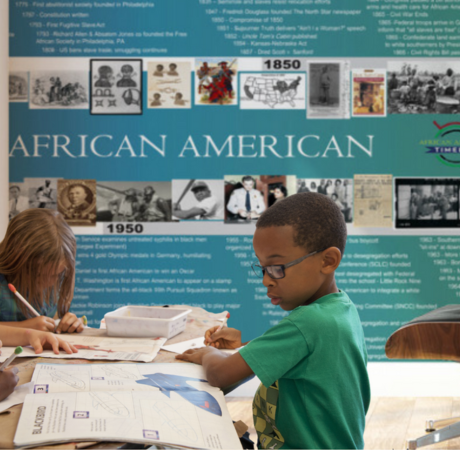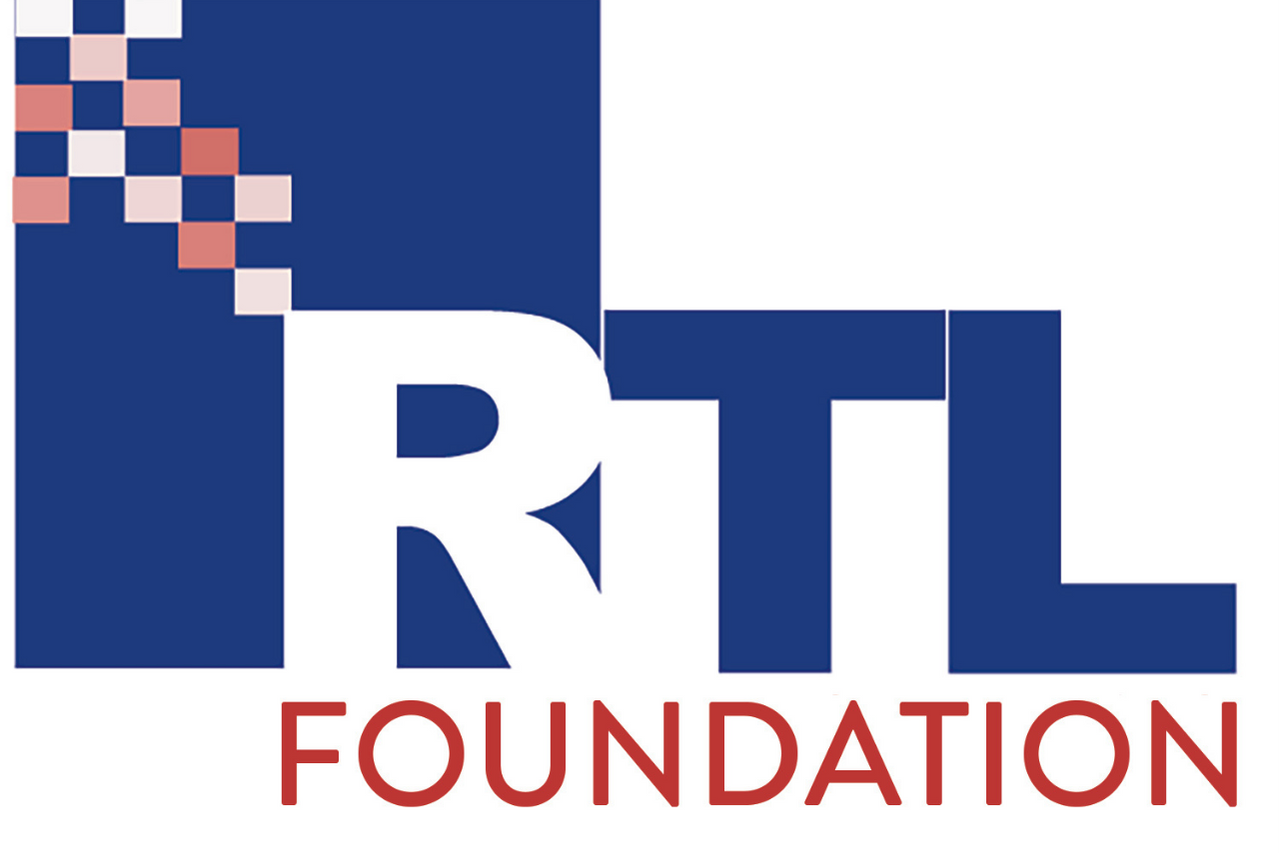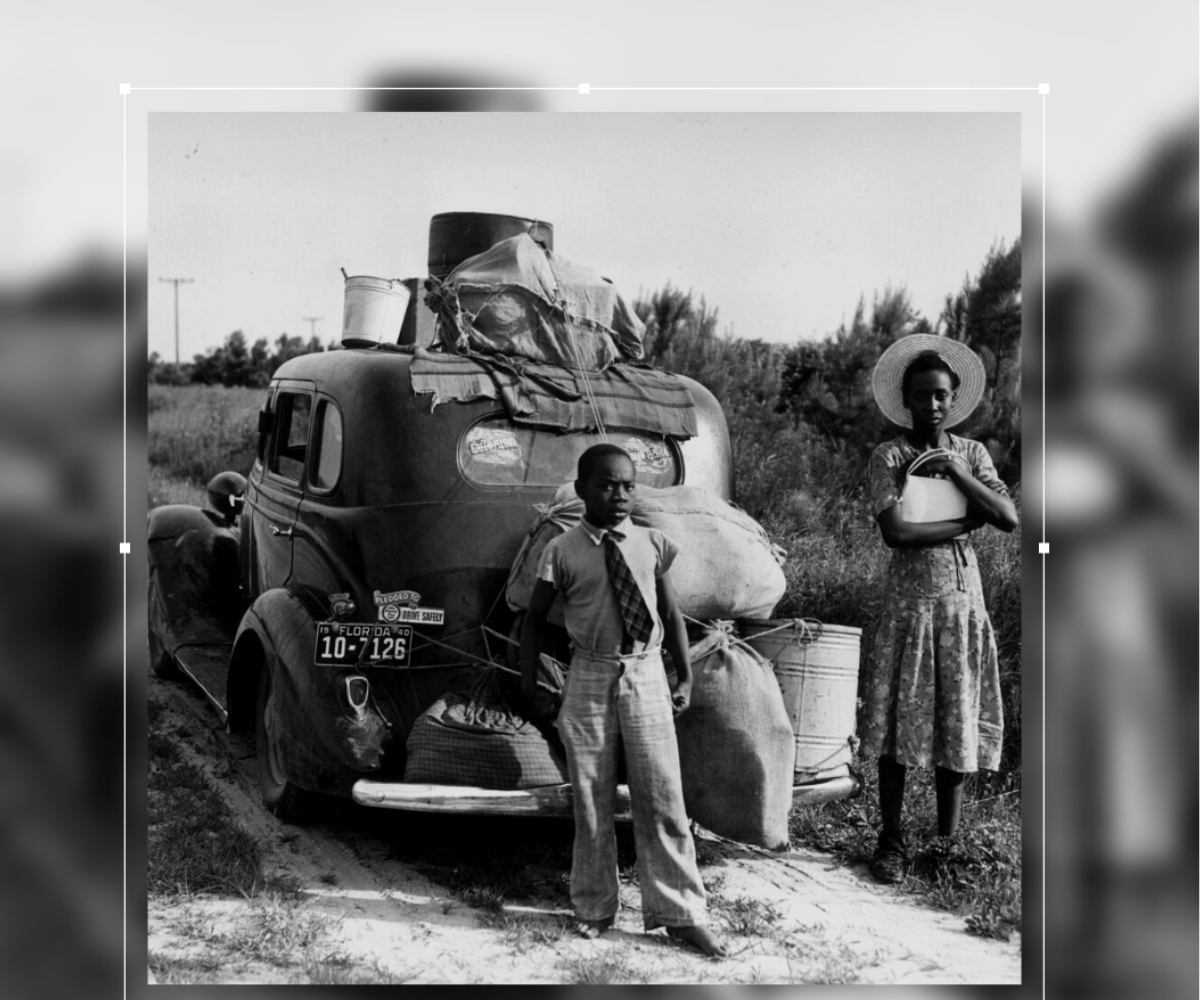Mission
The mission of the African American Timeline is to serve as a helpful tool
to discuss race and to build awareness of the African American experience.
African American Experience Timeline


How to Get Timeline

Libraries
- Display and Educational Resource: Feature the timeline prominently in reading areas or entryways as a visual focal point. Libraries can also integrate the timeline into educational programs, such as history workshops or book clubs, to stimulate discussions and deepen understanding of African American history.
- Interactive Sessions: Host regular events where the community can engage with the timeline, such as “Timeline Tours” led by local historians or educators, offering a narrative journey through the timeline’s key events.
Churches
- Sermon and Study Integration: Churches can incorporate the timeline into sermons or Bible study sessions to draw parallels between historical events and spiritual teachings. Displaying the timeline in fellowship halls or common areas can serve as a constant reminder of the journey towards equality and justice.
- Community Outreach: Use the timeline as a centerpiece for community outreach programs, encouraging members to reflect on and discuss the role of faith in overcoming adversity throughout history.
Schools
- Classroom Integration: Schools can install the timeline in hallways or classrooms, allowing students to engage with it daily. Teachers can reference the timeline in lessons across various subjects, from history and social studies to art and literature.
- Curriculum Enhancement: Develop lesson plans or projects based on the timeline, encouraging students to explore different eras, research significant figures, and present their findings, fostering both historical knowledge and public speaking skills.
Museums
- Exhibit Inclusion: Incorporate the timeline into permanent or rotating exhibits focused on African American history, civil rights, or American history. The timeline can serve as a chronological backbone that ties various exhibits together.
- Interactive Installations: Museums can create interactive displays where visitors can explore the timeline digitally, zooming in on specific events or figures for more detailed information. This could be particularly engaging for younger audiences or tech-savvy visitors.
Recreation and Community Centers
- Conversation Starters: Display the timeline in lobbies or common areas to spark conversations among visitors. Community centers can host discussion groups or “History Nights” where people gather to explore different segments of the timeline.
- Youth Programs: Integrate the timeline into youth programs, using it as a tool to educate and inspire young people about African American history and its relevance to their lives today.
Outdoor Gatherings and Public Spaces
- Public Art Installations: The timeline can be displayed in outdoor public spaces, such as parks or community squares, as part of public art installations. These displays can be paired with QR codes leading to additional resources or interactive content online.
- Community Events: During community events, such as fairs or festivals, a large version of the timeline can be set up as an exhibit, allowing attendees to explore and discuss the history in a casual, open-air environment.
Future Customizations
- Tailored Timelines: Offer custom timelines focused on specific themes, such as local history, women’s contributions, or civil rights movements, tailored to the institution’s audience. These versions can be displayed in settings like women’s centers, local history museums, or cultural heritage sites.
- Diverse Formats for Different Audiences: To reach a broader audience, offer the timeline in various formats—such as digital interactive versions for tech-savvy audiences or simplified, visually-driven versions for younger viewers in schools and community centers.
Promotion and Collaboration
- Collaborative Initiatives: Encourage institutions to collaborate with the RTL Foundation in hosting events or workshops that center around the timeline. This could involve local historians, community leaders, or educators who can offer deeper insights and lead discussions.
- Social Media and Outreach: Promote the timeline through the institution’s social media channels and newsletters, urging members of the community to visit, learn, and share their experiences. Engage local influencers or historical societies to amplify the reach.
FAQ Section
Questions about the African American Experience Timeline? See below.
The African American Experience Timeline is updated annually. We encourage you to submit stories you’d like to see included, and our team may feature them in the next edition. To stay informed on the latest updates and news, join our program by clicking below. As a member, you’ll enjoy exclusive benefits, such as invitations to special preview events. If you’re interested in contributing directly, click here to get involved.
In most cased we do. Send us an email along with the name of your organization and website and we will contact you.
Yes. In the future, the RTL Foundation will offer different focus areas and formats of this timeline to appeal to a wider range of audiences. The African American Experience Timeline is available for purchase in different sizes (from wallpaper to poster size) and on different mediums (such as, laminated paper, canvas, acrylic, brushed aluminum, etc.). For a more thorough list, visit: https://africanamericantimeline.org/.
Yes, please send you query to: info@africanamericantimeline.org

